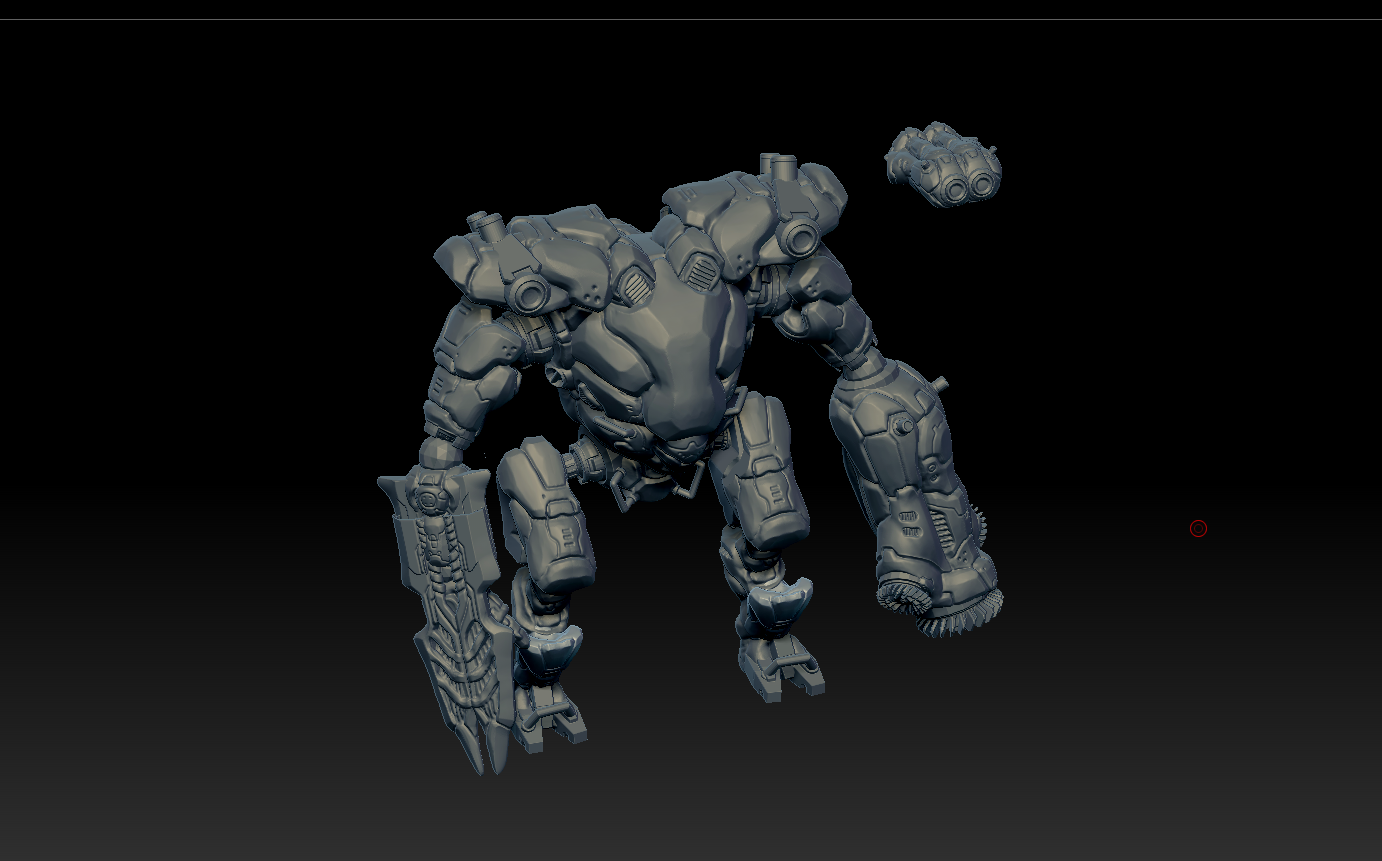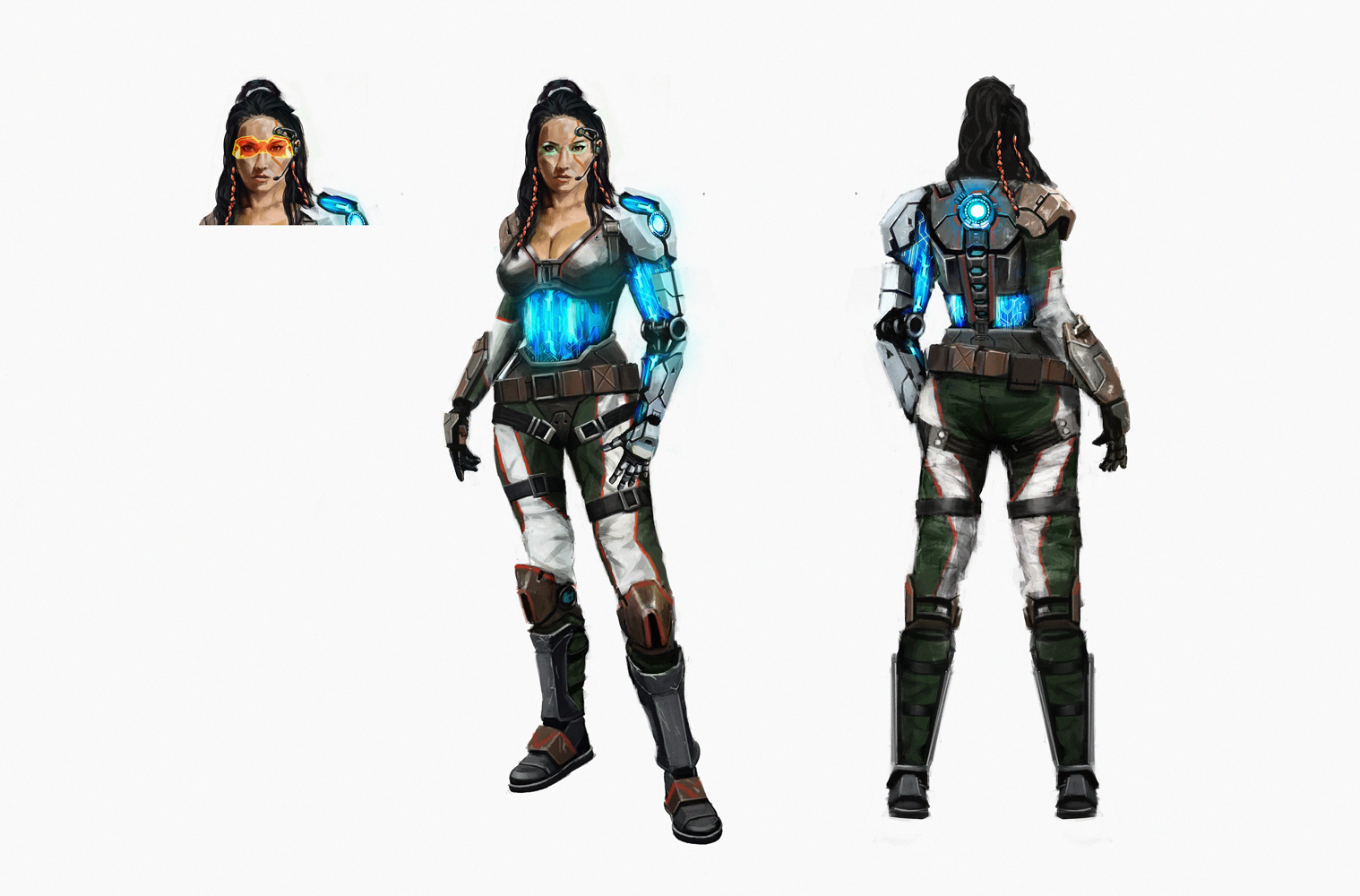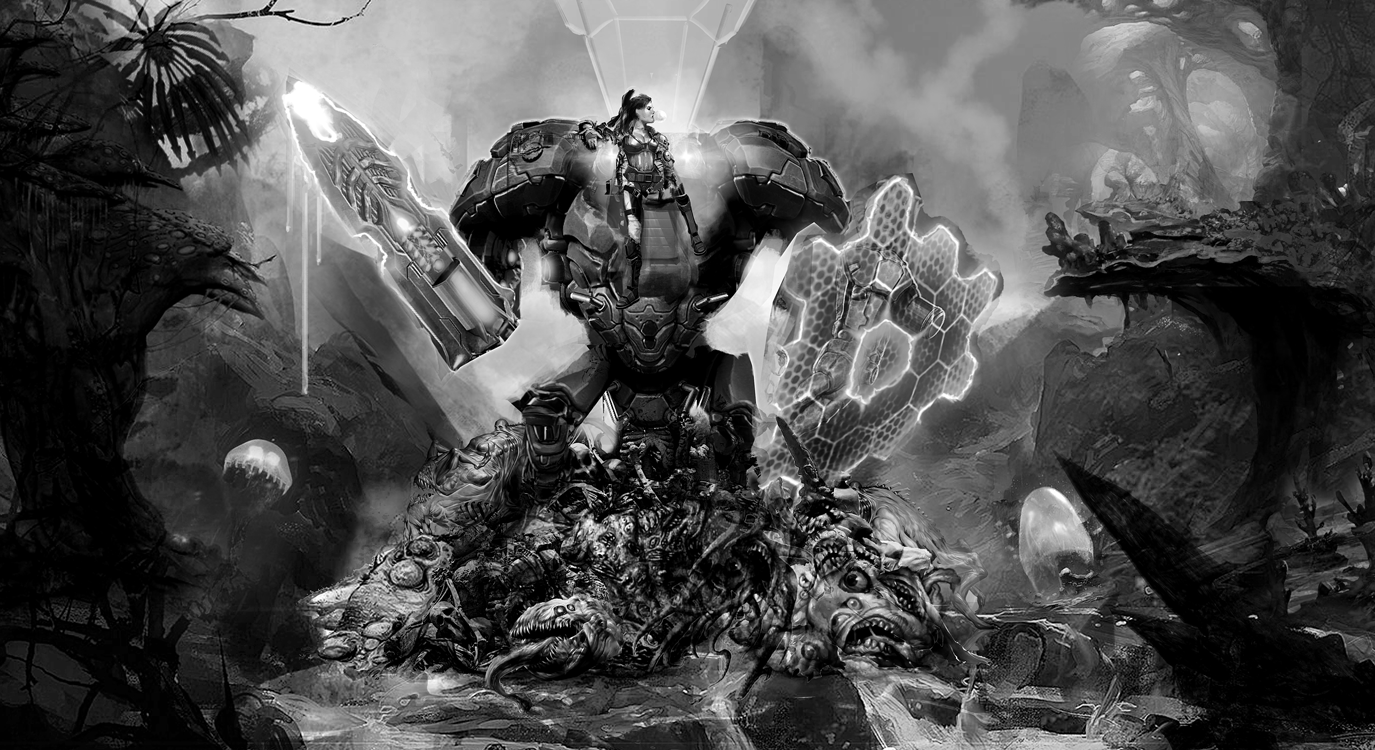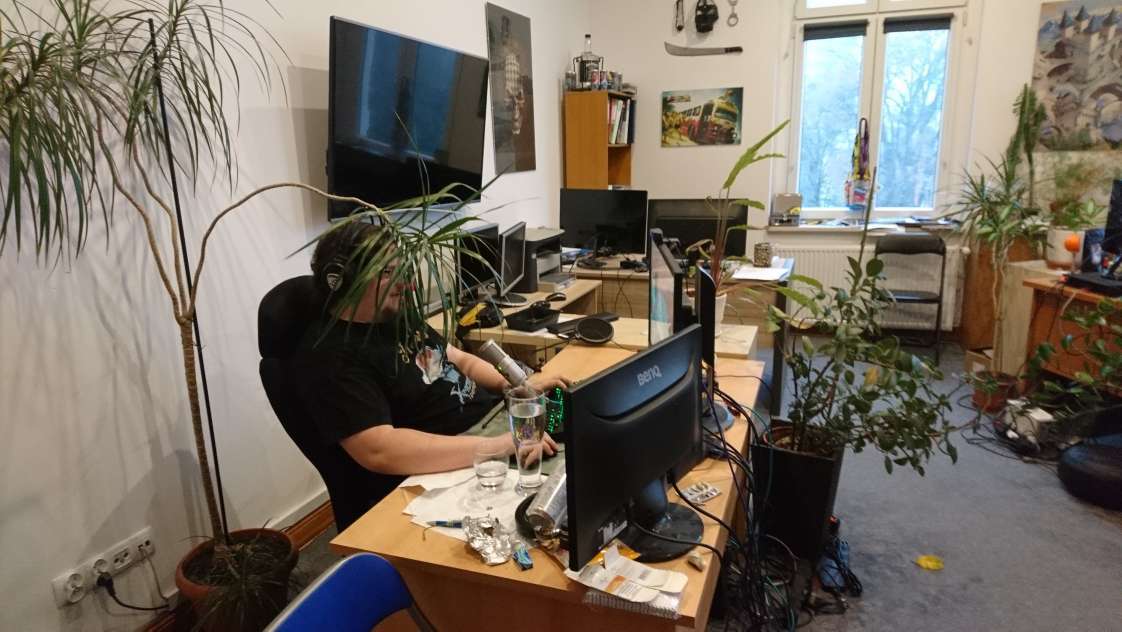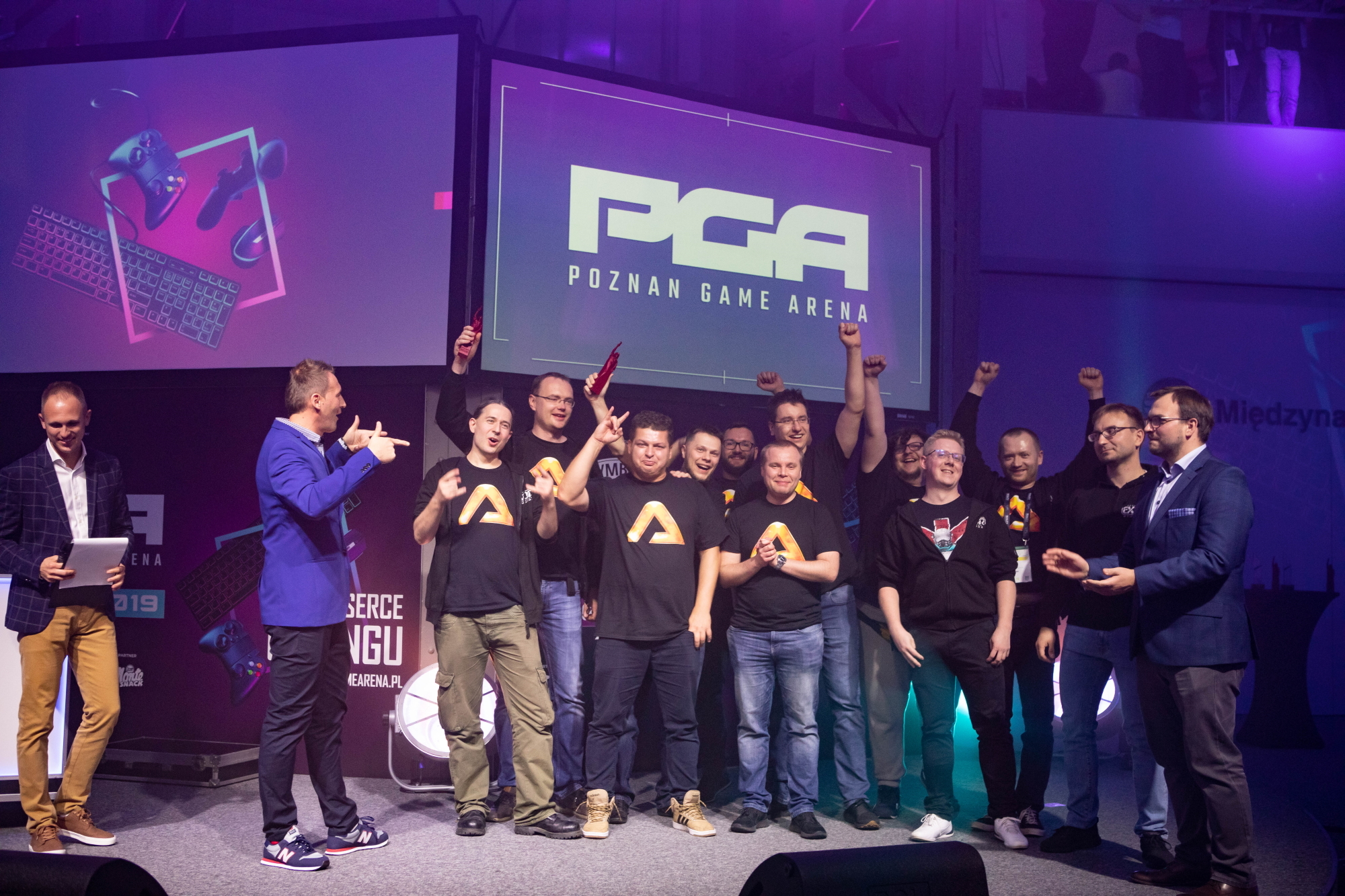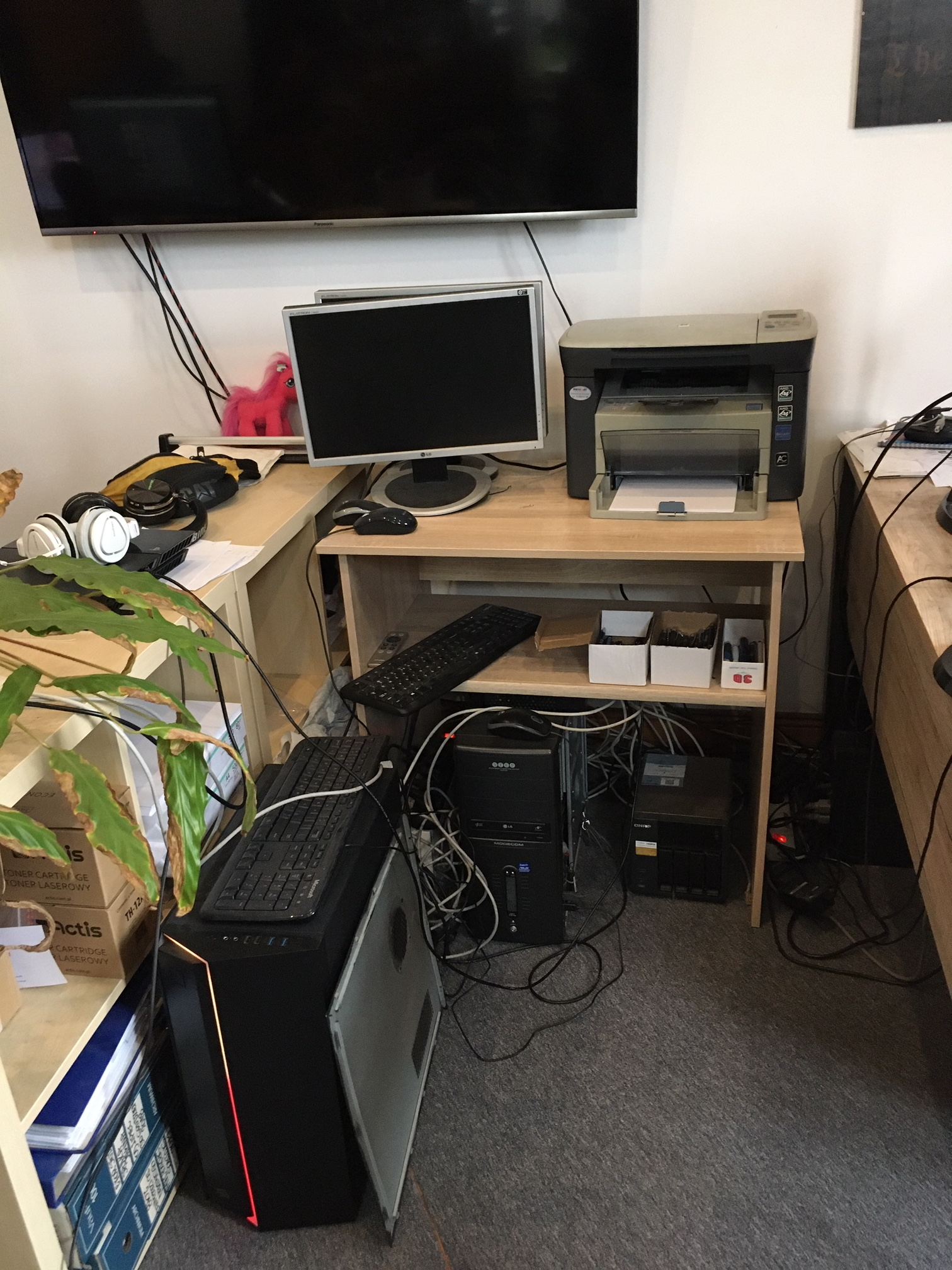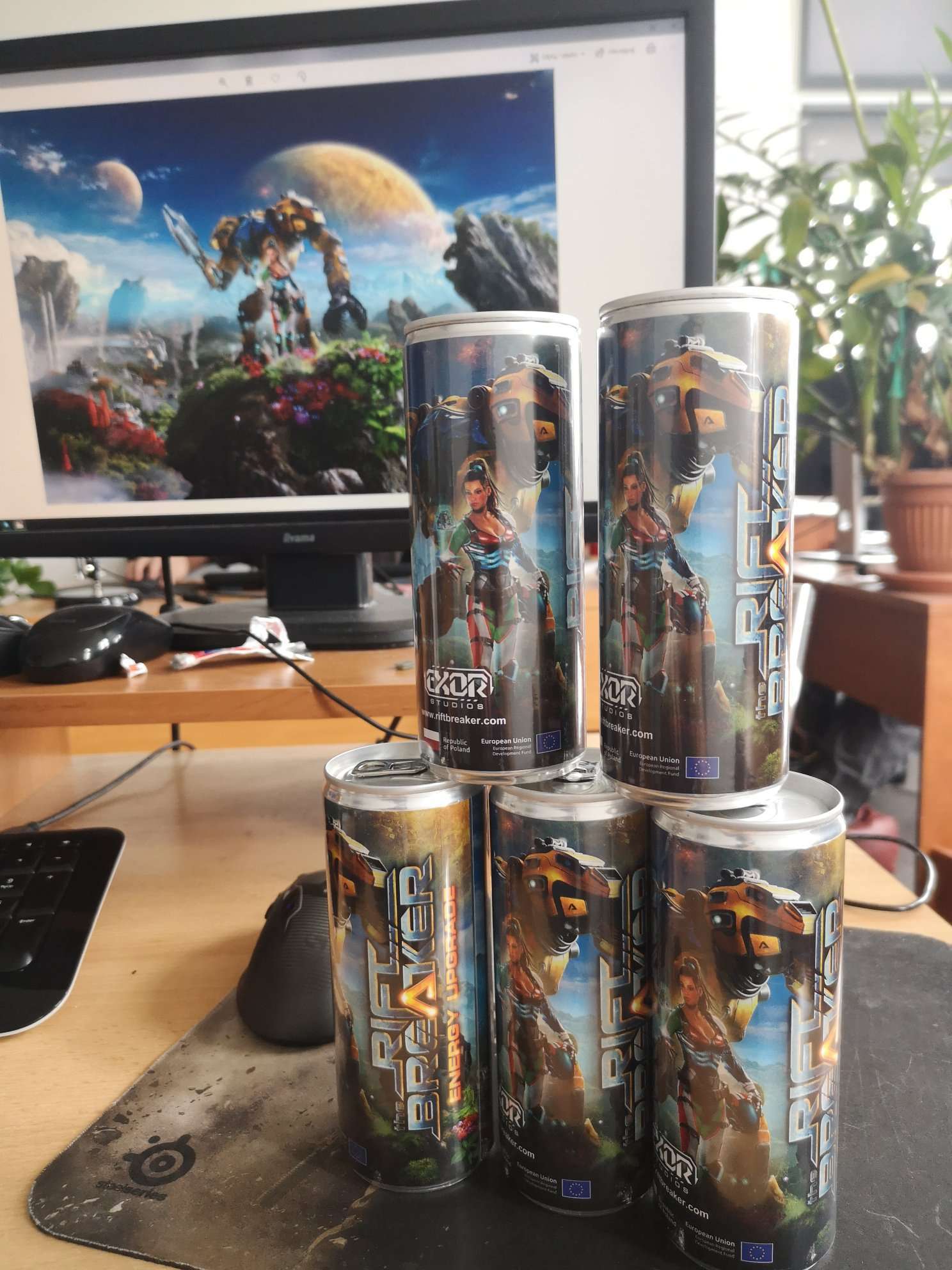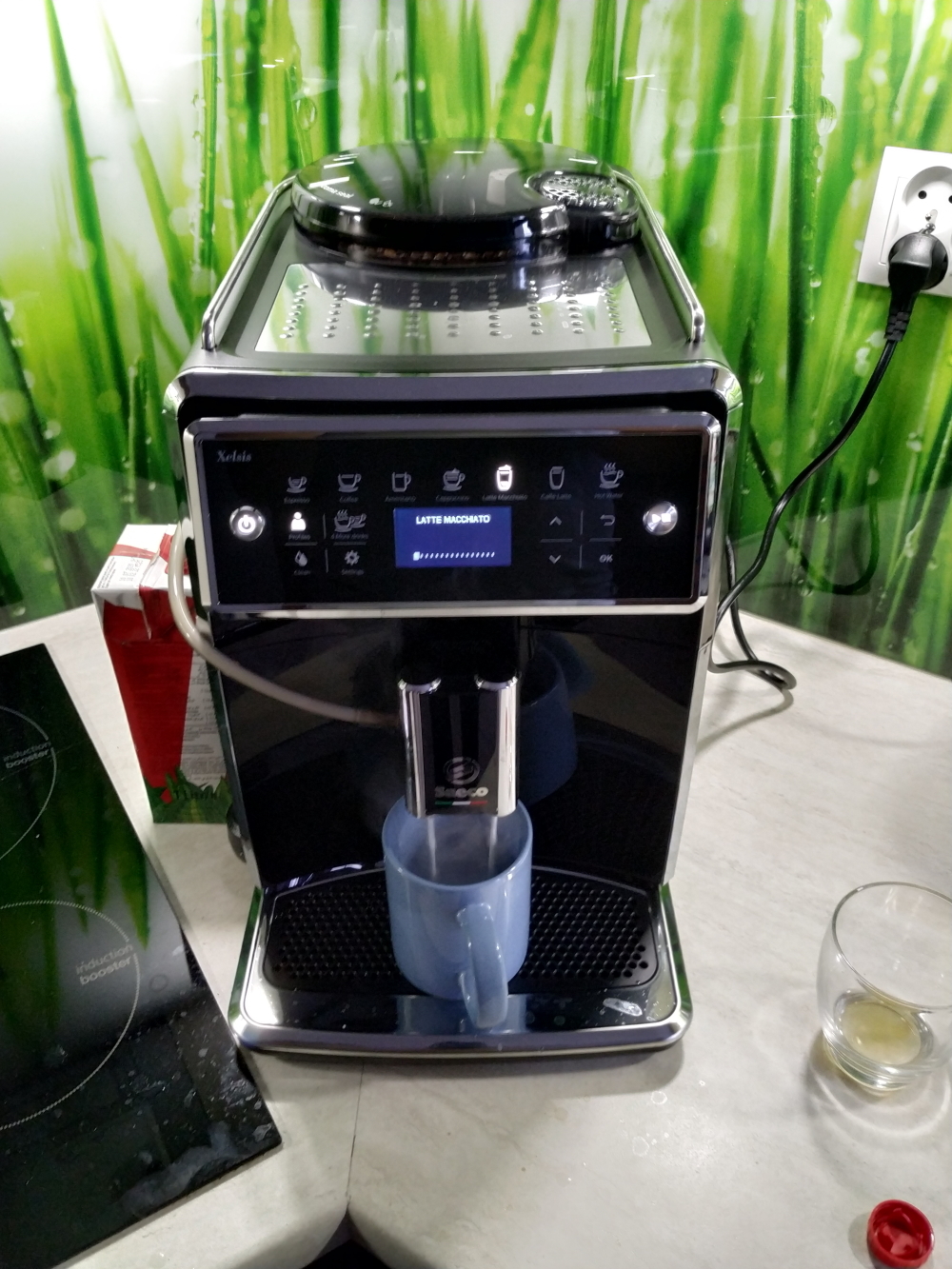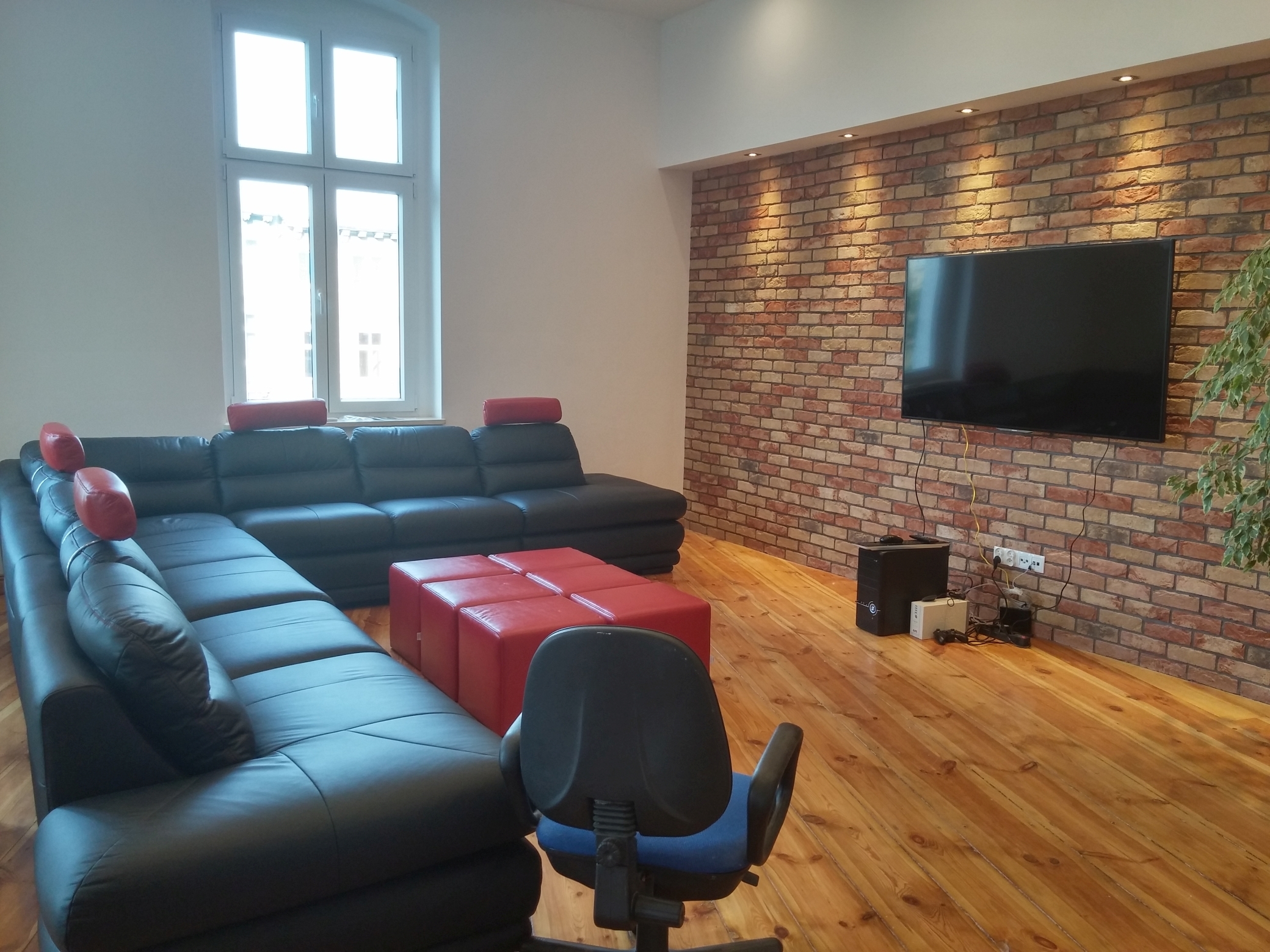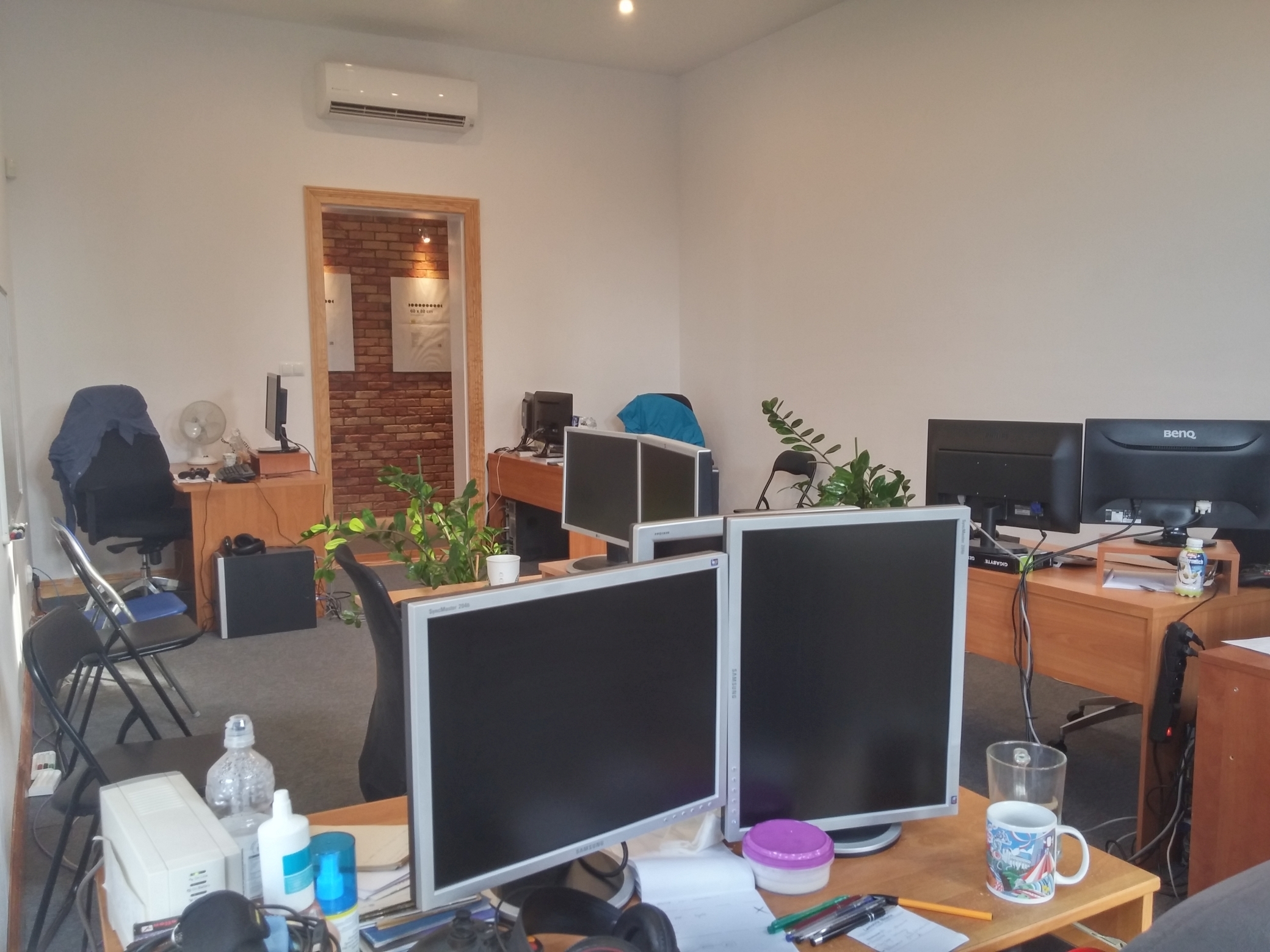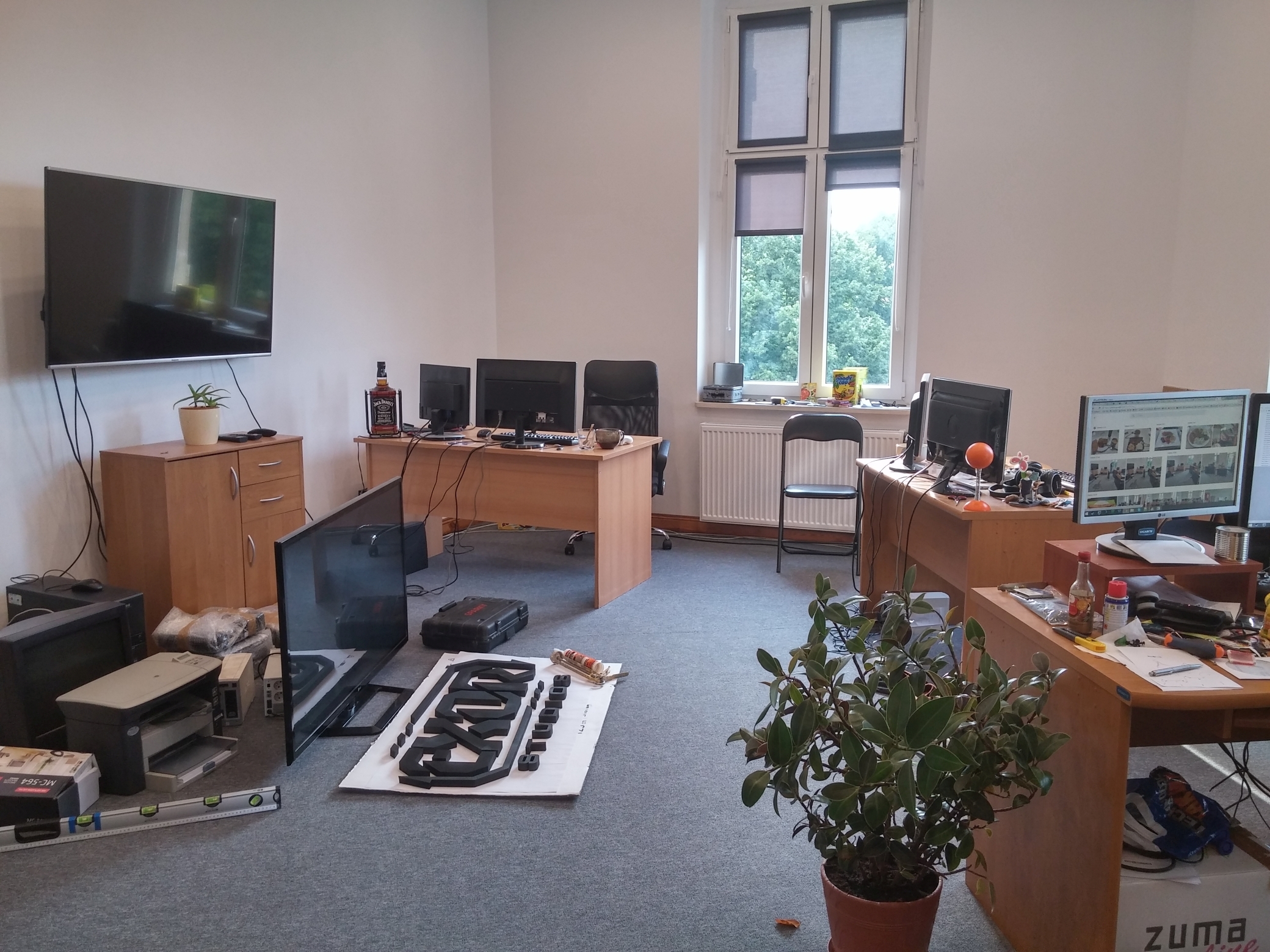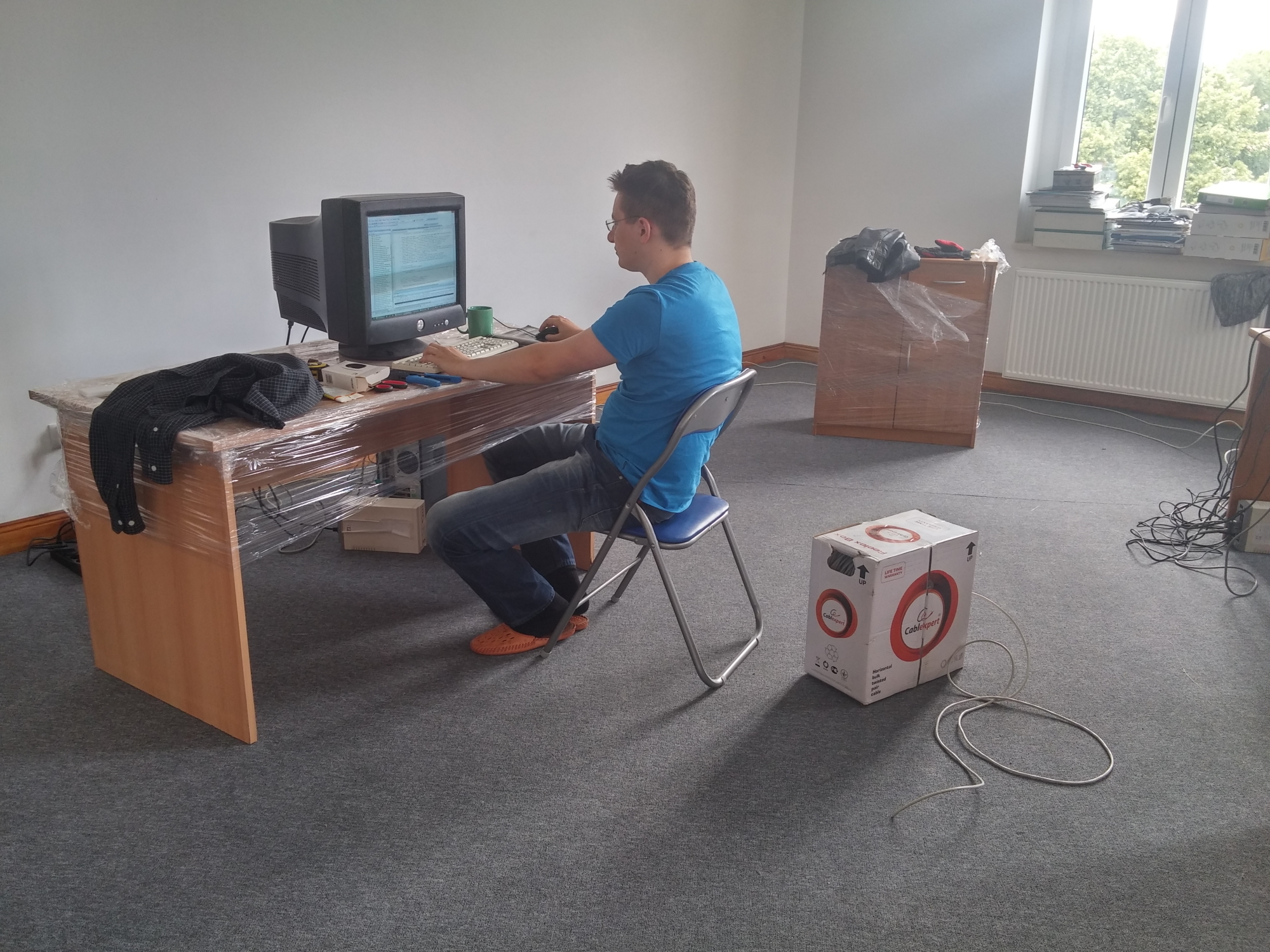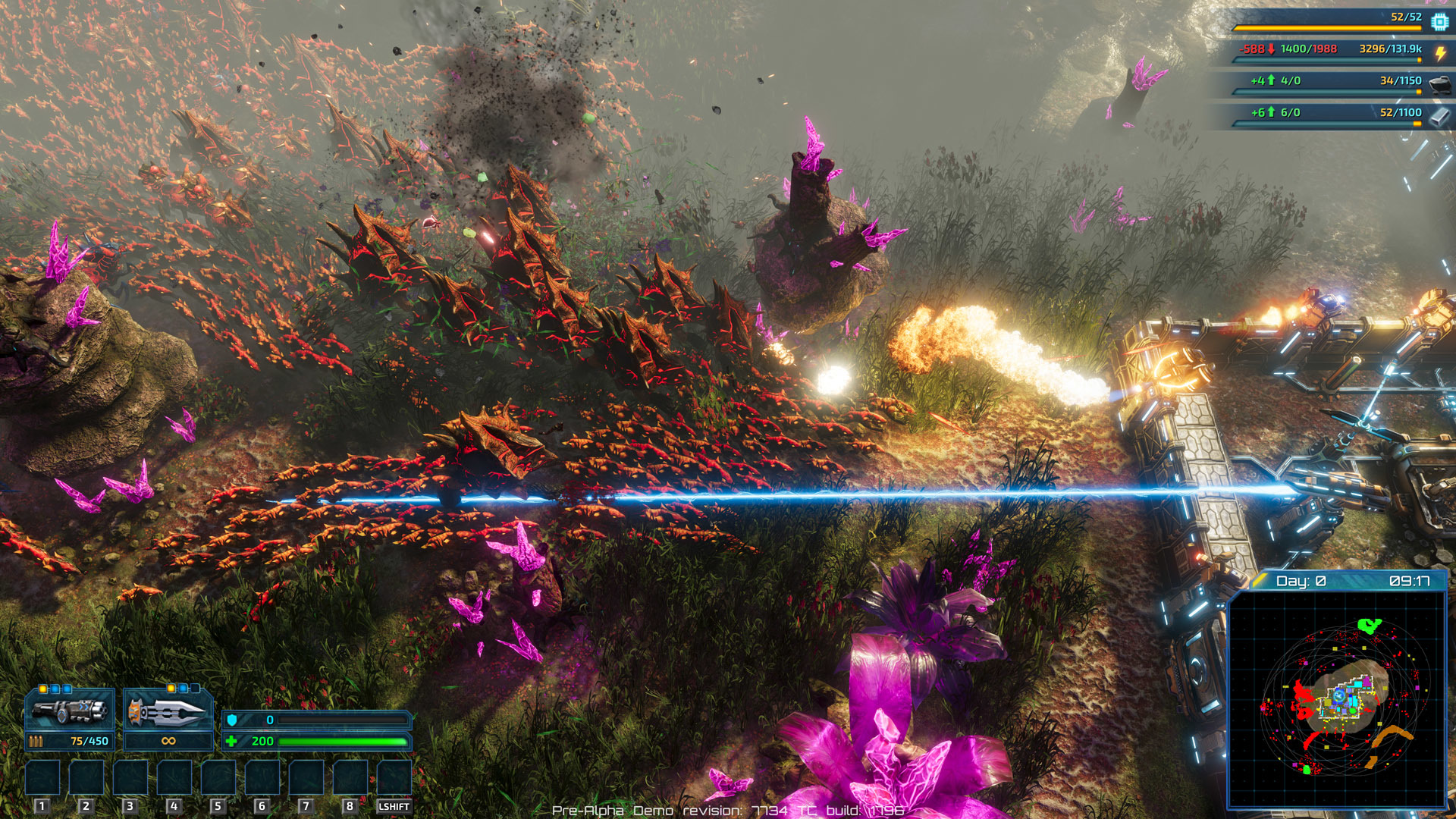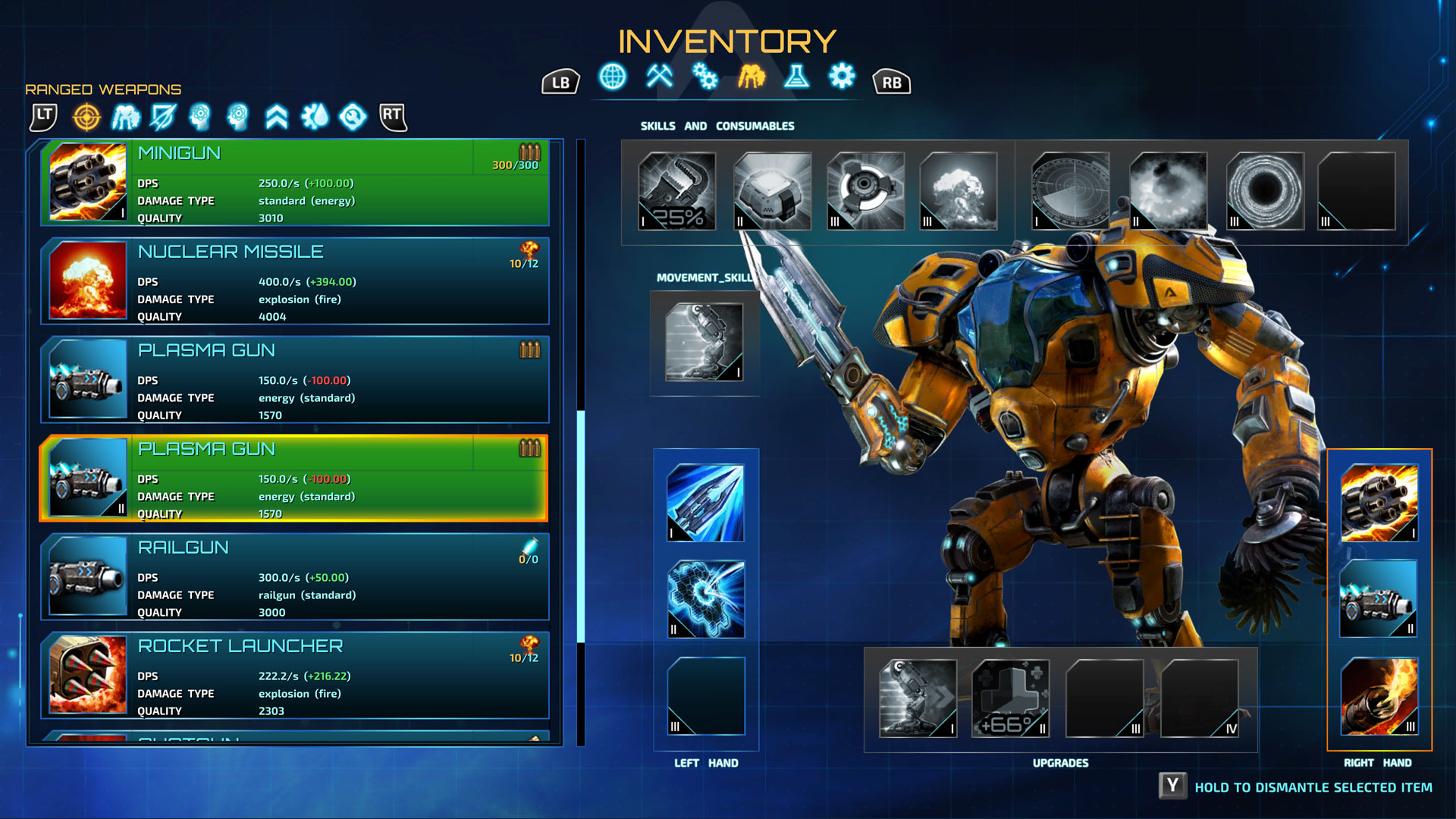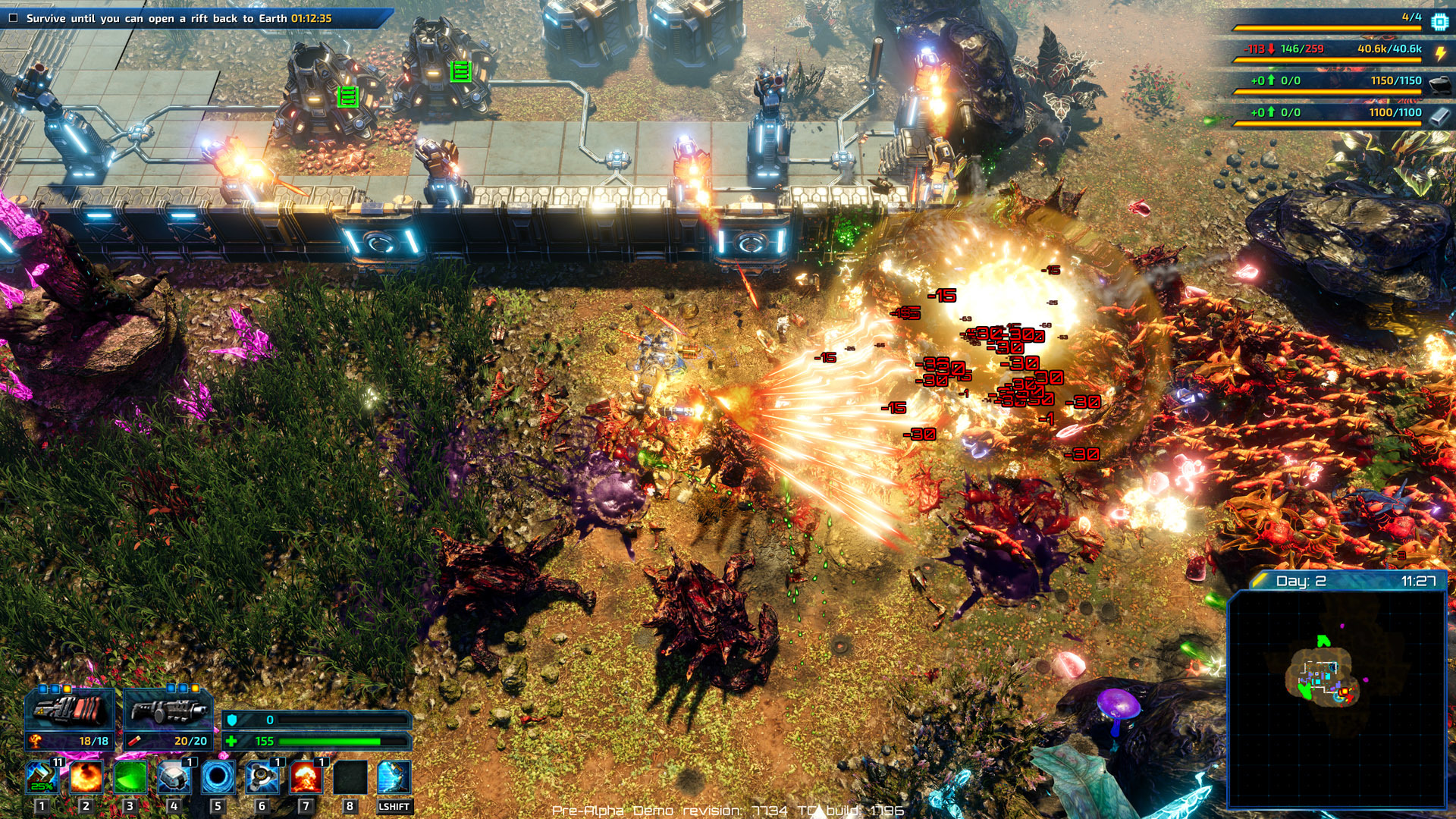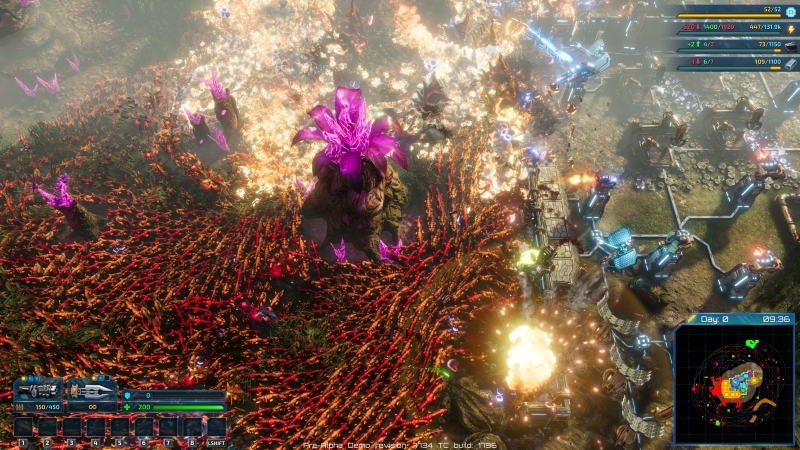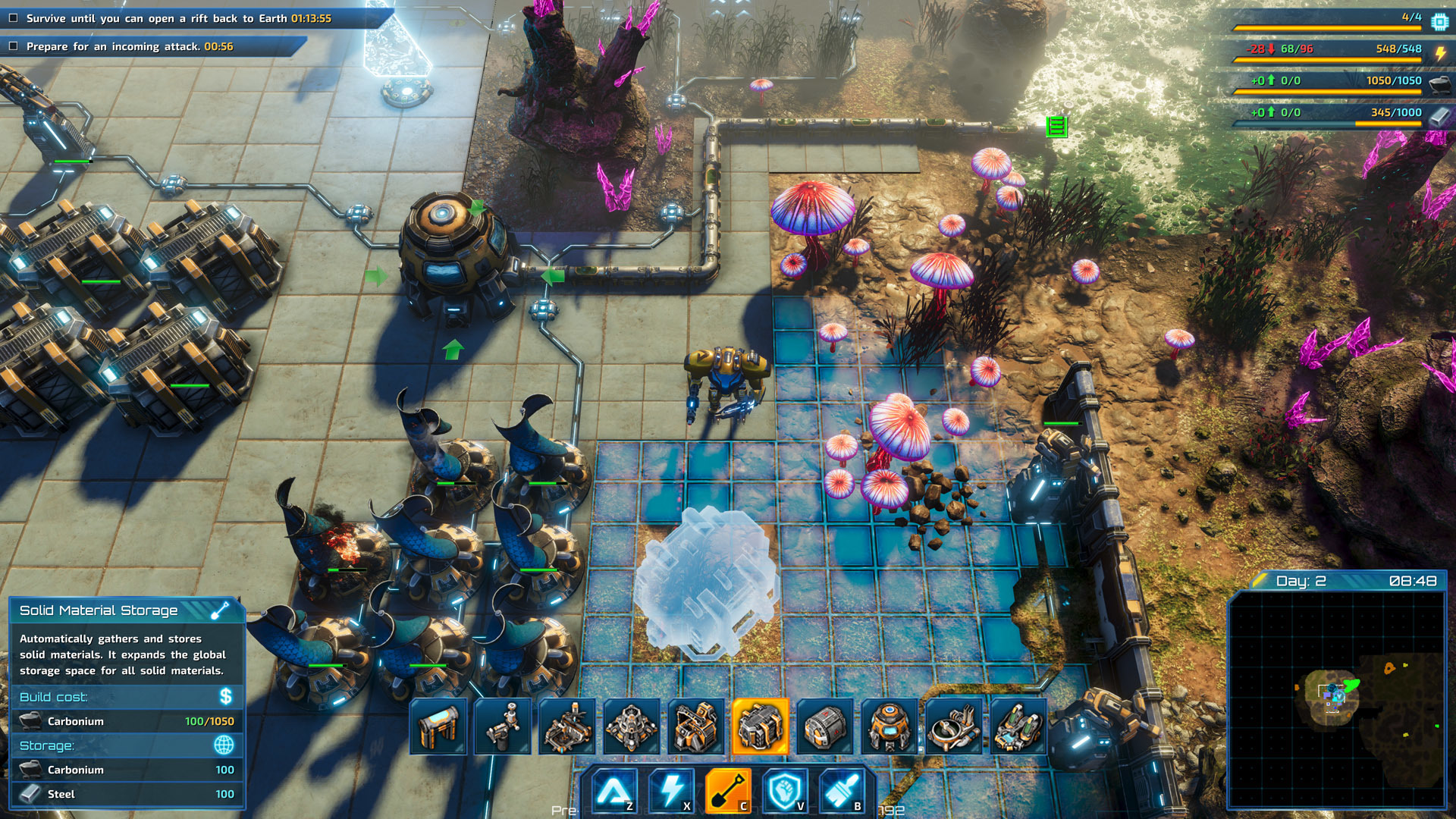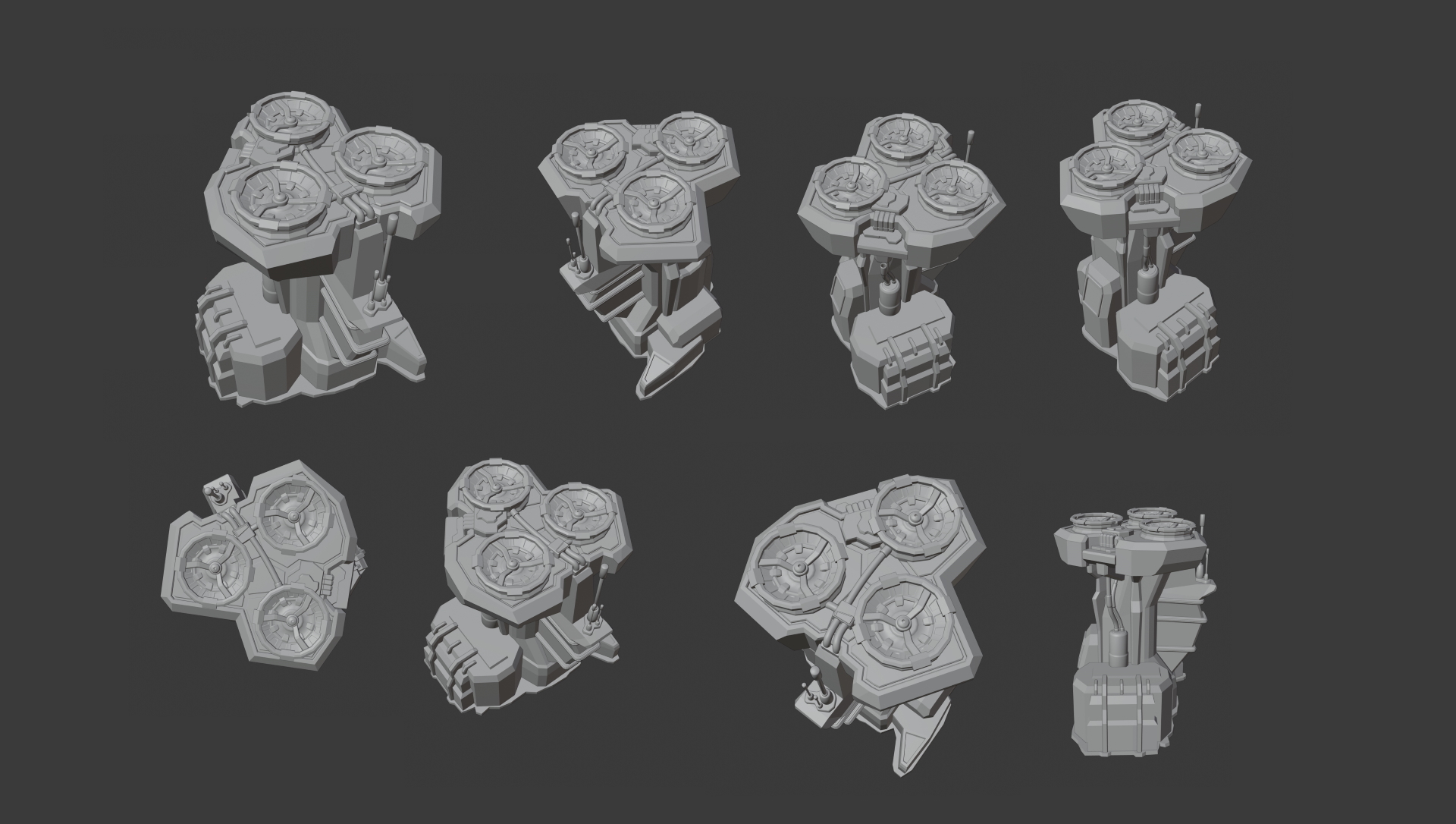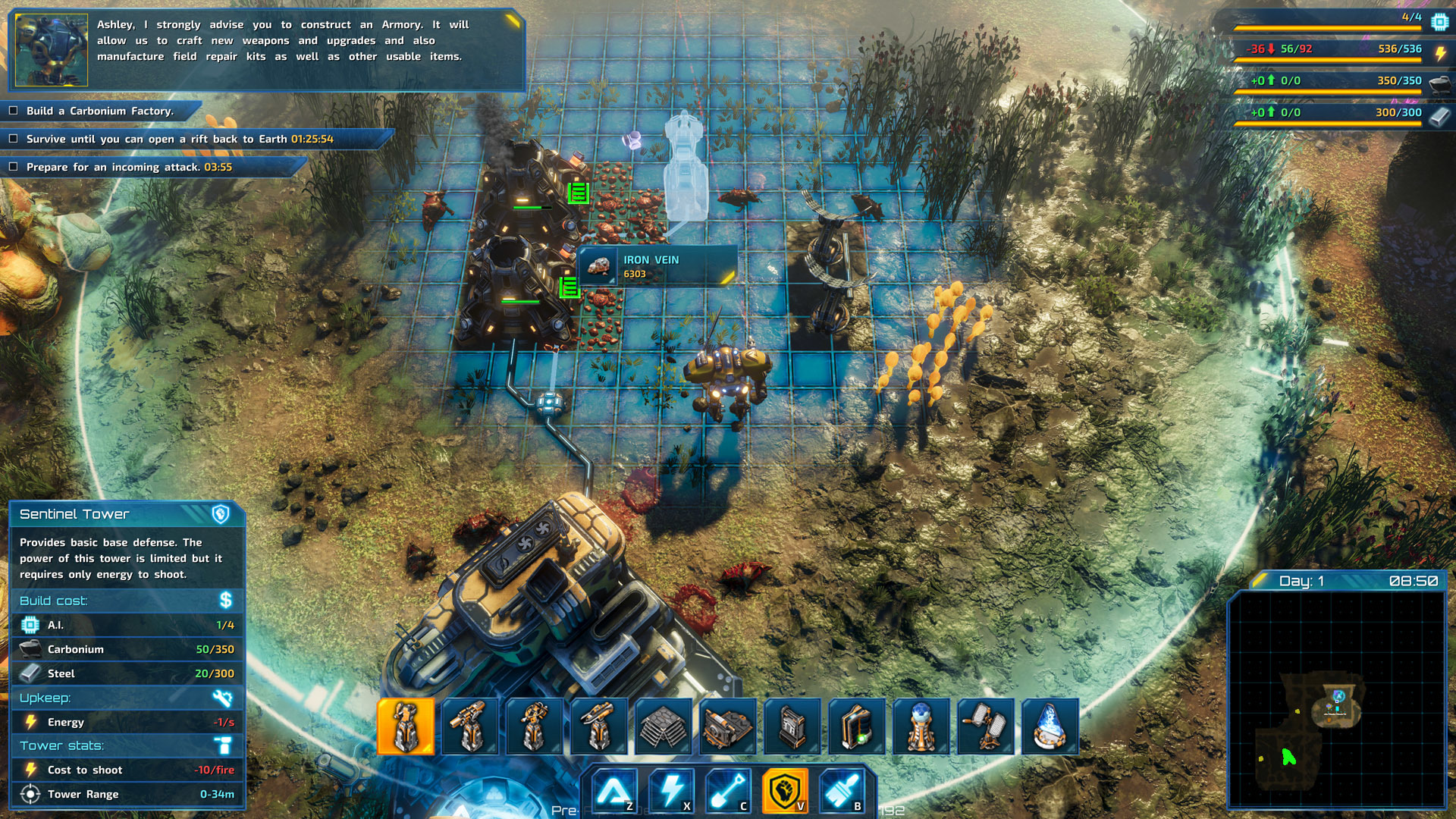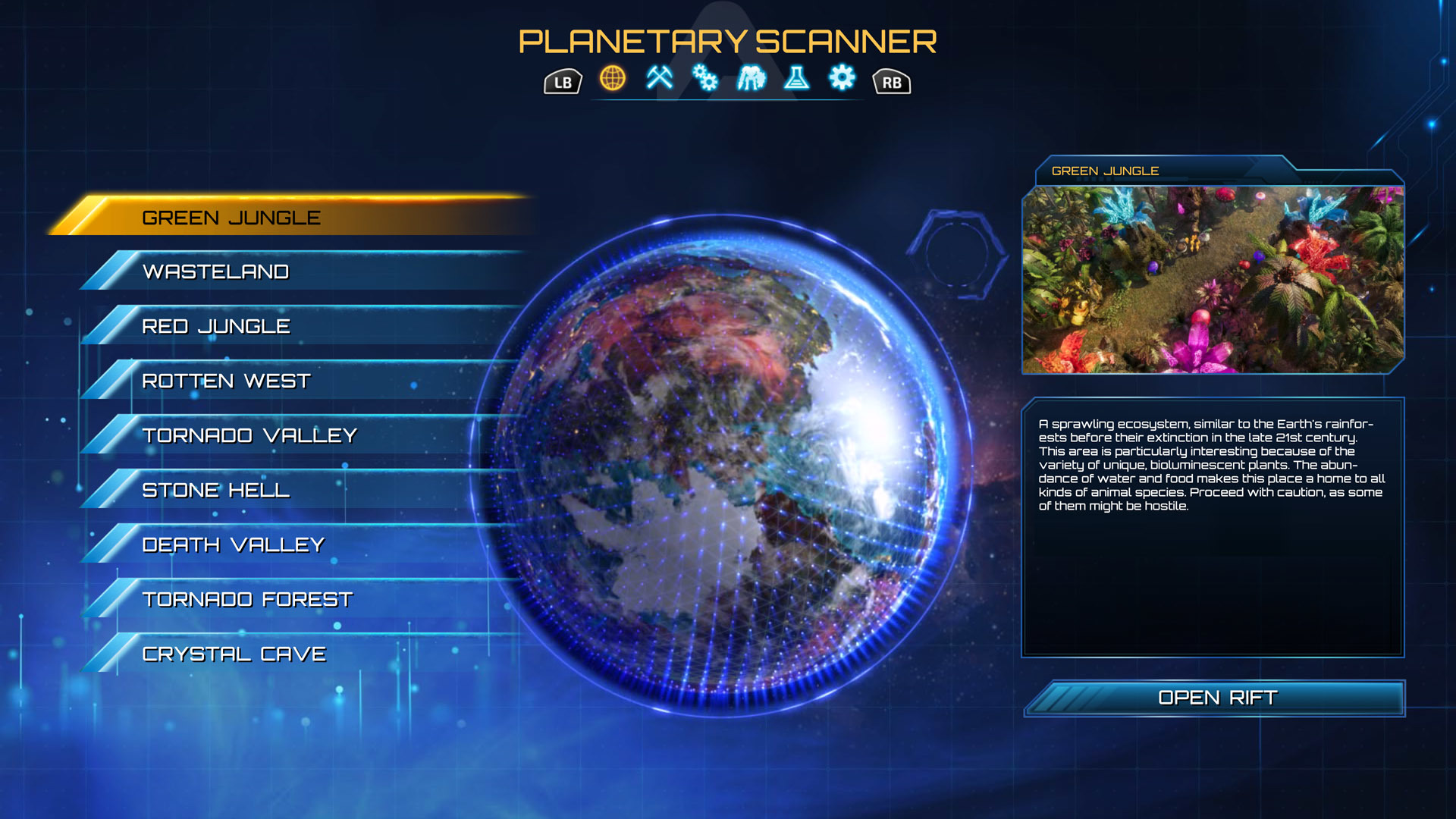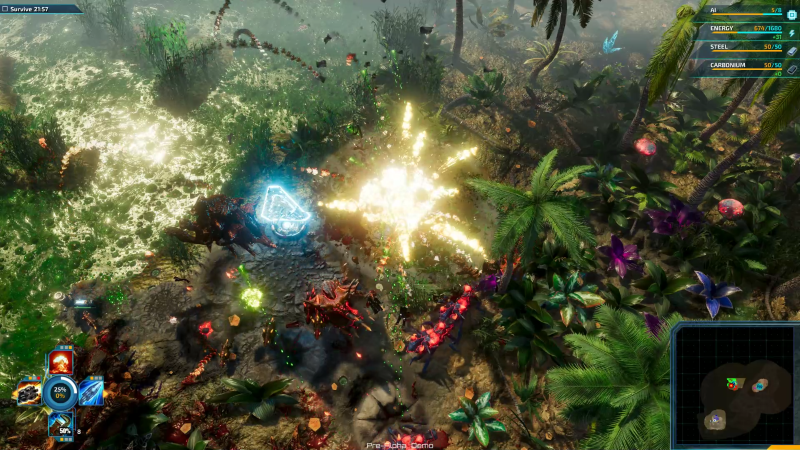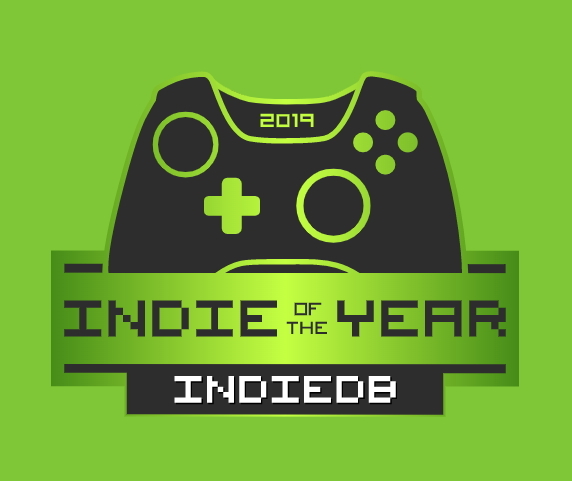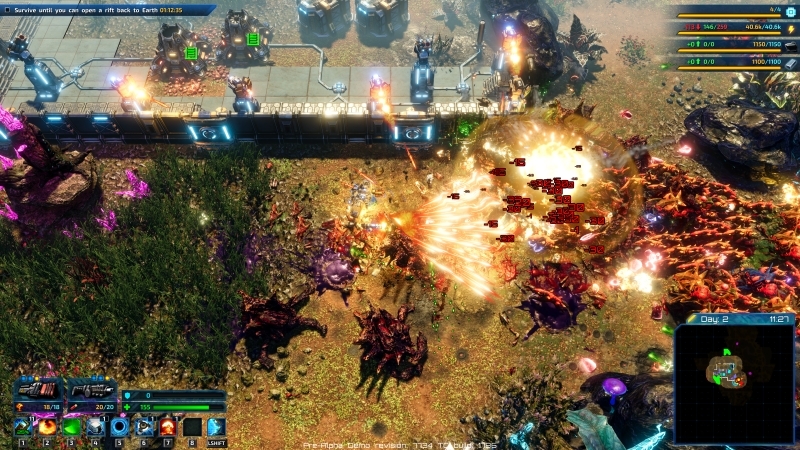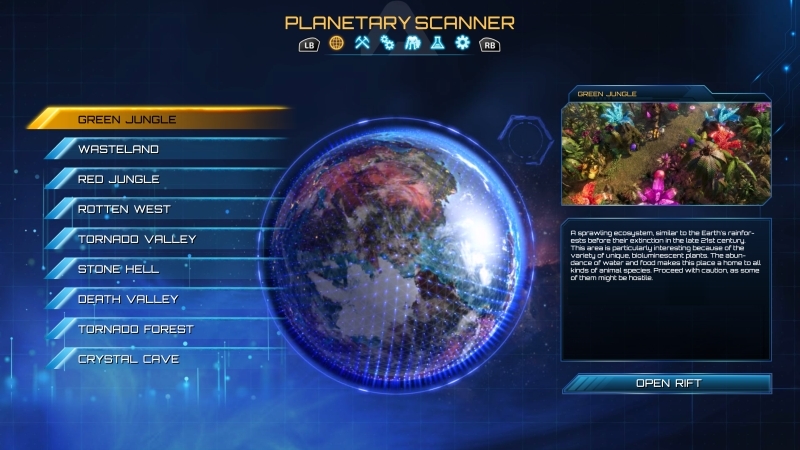
Feb 7, 2020
The Riftbreaker - voidreaver
Before any real work on the project such as the Riftbreaker can begin, you need to have at least some idea about what you want it to look like. Using only words to describe your concept is not enough. You leave room for misinterpretation and don’t set clear goals for the rest of the team. In order to avoid such occurrences, we spend a lot of time looking for references in other games and art pieces. Combining the elements that we like with our own ideas creates concept art that allows us to get down to work. We’re going to show you a couple of such pieces today.
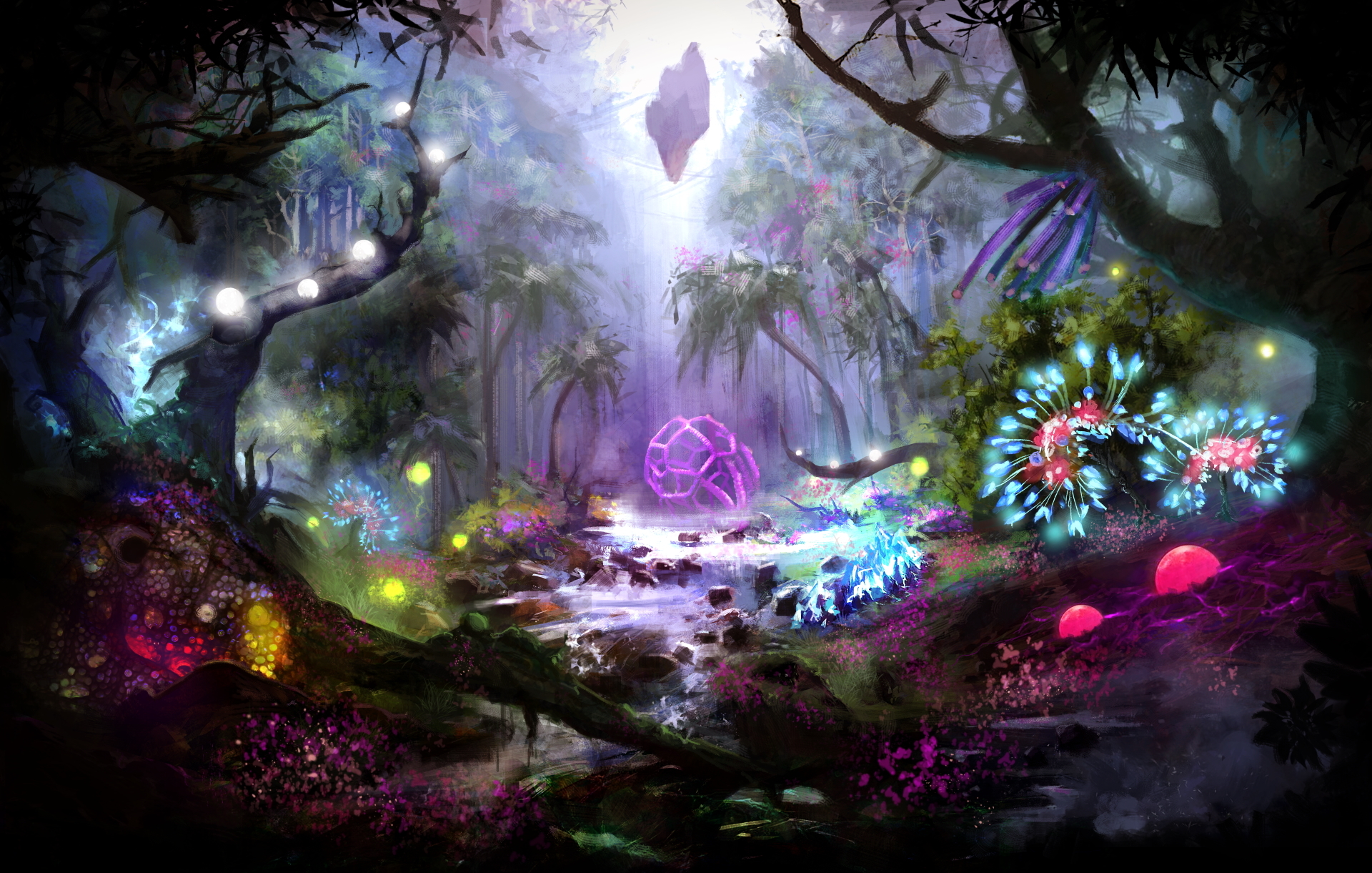
This is one of the first concept art pieces for the game. We always knew that we wanted to make The Riftbreaker an isometric strategy/shooter with a giant robot as the playable character. However, we didn’t know what the environment should look like and what we can do to make Galatea 37 look and feel alien. This is what our artists came up with and it became the reference point for the space jungle biome. Now, let’s try to show it in isometric view.

Roy*, this doesn’t look alien to me. Can we dial up the alien-ness a little?

Muuuuuuuch better. We used the model of the Juggernaut Mecha from X-Morph: Defense as a placeholder for what would eventually become Mr. Riggs. Such experiments are important, as they show you what level of details you should be aiming for to make the environment come to life. With a reference like this, you can finally start preparing the assets and the tech for the rest of the project.
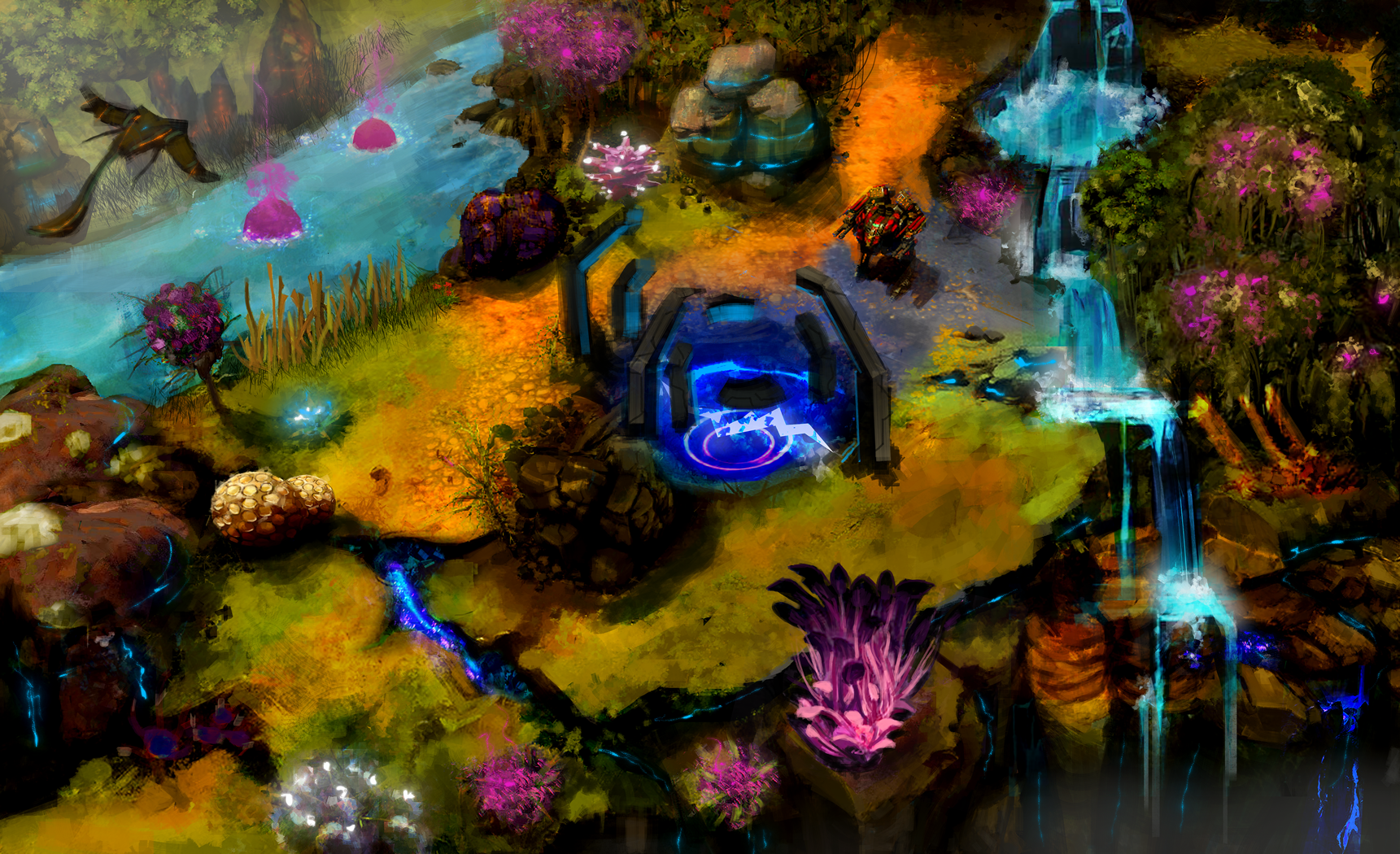
Naturally, there was a lot of concept art that was made before the production of the game began. Some pieces were scrapped entirely, while the others had useful elements that we decided to incorporate into the game. Here you can see one of the elements that didn’t make the cut - the portal (blue thingy in the middle). The fact that I had to add the parenthesis to explain what that thing is should tell you why. ;)

And the 'final' product - the result of months of design and iteration (it will probably change a lot before we release the game, though). You can still see some of the elements from the pictures above. The hours invested into preparation of concept really pay off in the long run.
That’s all for today. Hope you enjoyed this short dive into The Riftbreaker history. You can always learn more on our Discord - www.discord.gg/exorstudios.
See you next week!
*Name changed on purpose. We don’t have a Roy in our studio yet.
Other social media:
www.facebook.com/exorstudios
www.twitter.com/exorstudios
www.mixer.com/exor_studios
www.twitch.tv/exorstudios
www.youtube.com/exorstudios

This is one of the first concept art pieces for the game. We always knew that we wanted to make The Riftbreaker an isometric strategy/shooter with a giant robot as the playable character. However, we didn’t know what the environment should look like and what we can do to make Galatea 37 look and feel alien. This is what our artists came up with and it became the reference point for the space jungle biome. Now, let’s try to show it in isometric view.

Roy*, this doesn’t look alien to me. Can we dial up the alien-ness a little?

Muuuuuuuch better. We used the model of the Juggernaut Mecha from X-Morph: Defense as a placeholder for what would eventually become Mr. Riggs. Such experiments are important, as they show you what level of details you should be aiming for to make the environment come to life. With a reference like this, you can finally start preparing the assets and the tech for the rest of the project.

Naturally, there was a lot of concept art that was made before the production of the game began. Some pieces were scrapped entirely, while the others had useful elements that we decided to incorporate into the game. Here you can see one of the elements that didn’t make the cut - the portal (blue thingy in the middle). The fact that I had to add the parenthesis to explain what that thing is should tell you why. ;)

And the 'final' product - the result of months of design and iteration (it will probably change a lot before we release the game, though). You can still see some of the elements from the pictures above. The hours invested into preparation of concept really pay off in the long run.
That’s all for today. Hope you enjoyed this short dive into The Riftbreaker history. You can always learn more on our Discord - www.discord.gg/exorstudios.
See you next week!
*Name changed on purpose. We don’t have a Roy in our studio yet.
Other social media:
www.facebook.com/exorstudios
www.twitter.com/exorstudios
www.mixer.com/exor_studios
www.twitch.tv/exorstudios
www.youtube.com/exorstudios




